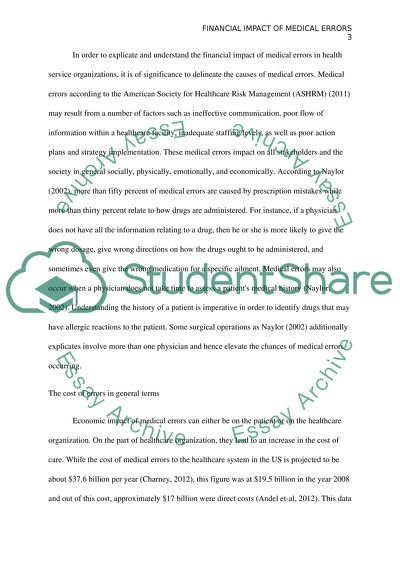Cite this document
(“The Financial Impact of Medical Errors On Health Service Organizations Essay”, n.d.)
The Financial Impact of Medical Errors On Health Service Organizations Essay. Retrieved from https://studentshare.org/nursing/1662879-the-financial-impact-of-medical-errors-on-health-service-organizations
The Financial Impact of Medical Errors On Health Service Organizations Essay. Retrieved from https://studentshare.org/nursing/1662879-the-financial-impact-of-medical-errors-on-health-service-organizations
(The Financial Impact of Medical Errors On Health Service Organizations Essay)
The Financial Impact of Medical Errors On Health Service Organizations Essay. https://studentshare.org/nursing/1662879-the-financial-impact-of-medical-errors-on-health-service-organizations.
The Financial Impact of Medical Errors On Health Service Organizations Essay. https://studentshare.org/nursing/1662879-the-financial-impact-of-medical-errors-on-health-service-organizations.
“The Financial Impact of Medical Errors On Health Service Organizations Essay”, n.d. https://studentshare.org/nursing/1662879-the-financial-impact-of-medical-errors-on-health-service-organizations.


